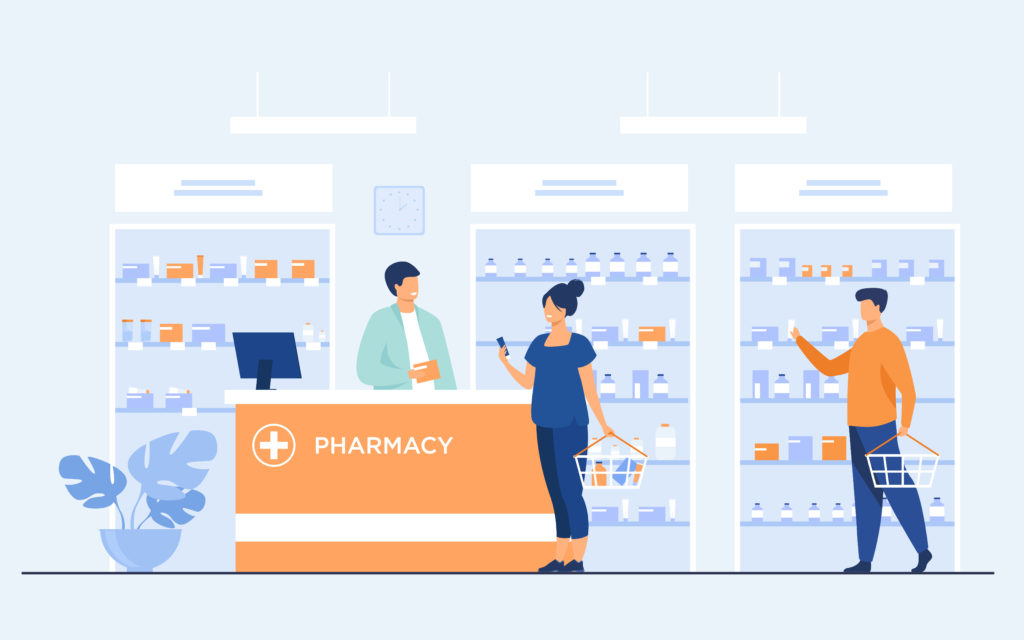Pharmacists warn that mixing medicines and alcohol can have unpredictable effects
Thursday 15 December 2022: The Irish Pharmacy Union (IPU) has warned that mixing medicines with alcohol can have a number of dangerous and unforeseen effects. With the Christmas period upon us, the IPU wants to remind everyone that if they are on medication, they should first consult with their pharmacist before consuming alcohol.
Pharmacist and IPU member, Tomas Conefrey said, “People need to remember that primarily alcohol is a drug. Therefore, when you take alcohol with another drug, there may be an interaction in your body where one drug alters the other drug’s effects. Essentially, this means that mixing alcohol with other drugs can be unpredictable and dangerous.
“We are advising that many medicines can also make users sleepy, drowsy or lightheaded and can interfere with concentration and the ability to drive a vehicle or operate machinery. Consuming alcohol at the same time as using these medicines can lead to risks to personal safety including serious or even fatal accidents on the roads or at work.”
“It is not just prescribed medicine that alcohol can interact poorly with but also over-the-counter medicine, such as cough and cold remedies, pain relievers, antihistamines and travel sickness pills, which have the potential to interact negatively with alcohol, so it really is vital that you protect yourself and consult your pharmacist before mixing alcohol and medicines.”
In conclusion, Mr Conefrey said, “With the festive period upon us I am sure that many people are looking forward to relaxing with a festive drink with friends and family and we advise patients to ask their pharmacist first before taking alcohol with any type of medicine to avoid putting their personal safety and the safety of others at risk.”
 https://ipu.ie/communication/mixing-medicines-and-alcohol-can-be-highly-dangerous-warn-pharmacists/
https://ipu.ie/communication/mixing-medicines-and-alcohol-can-be-highly-dangerous-warn-pharmacists/
